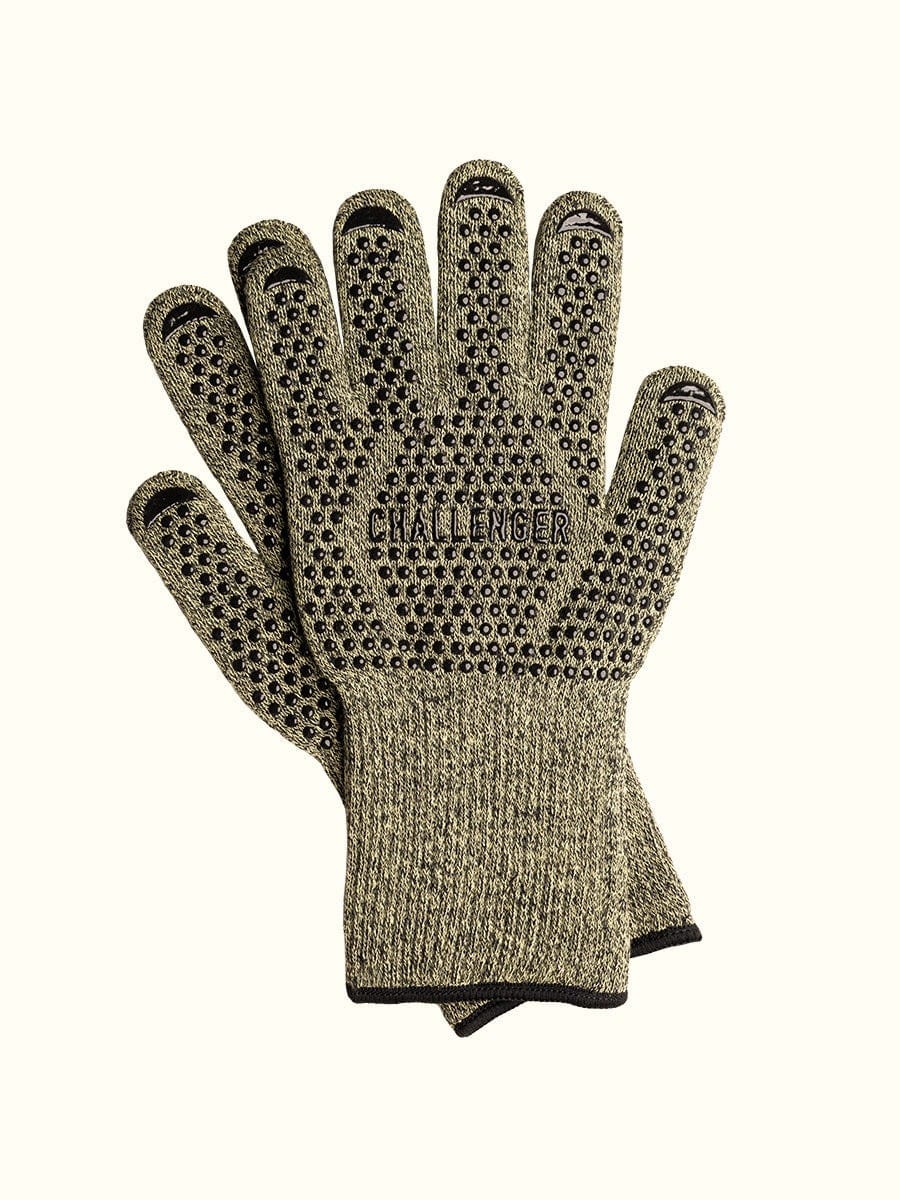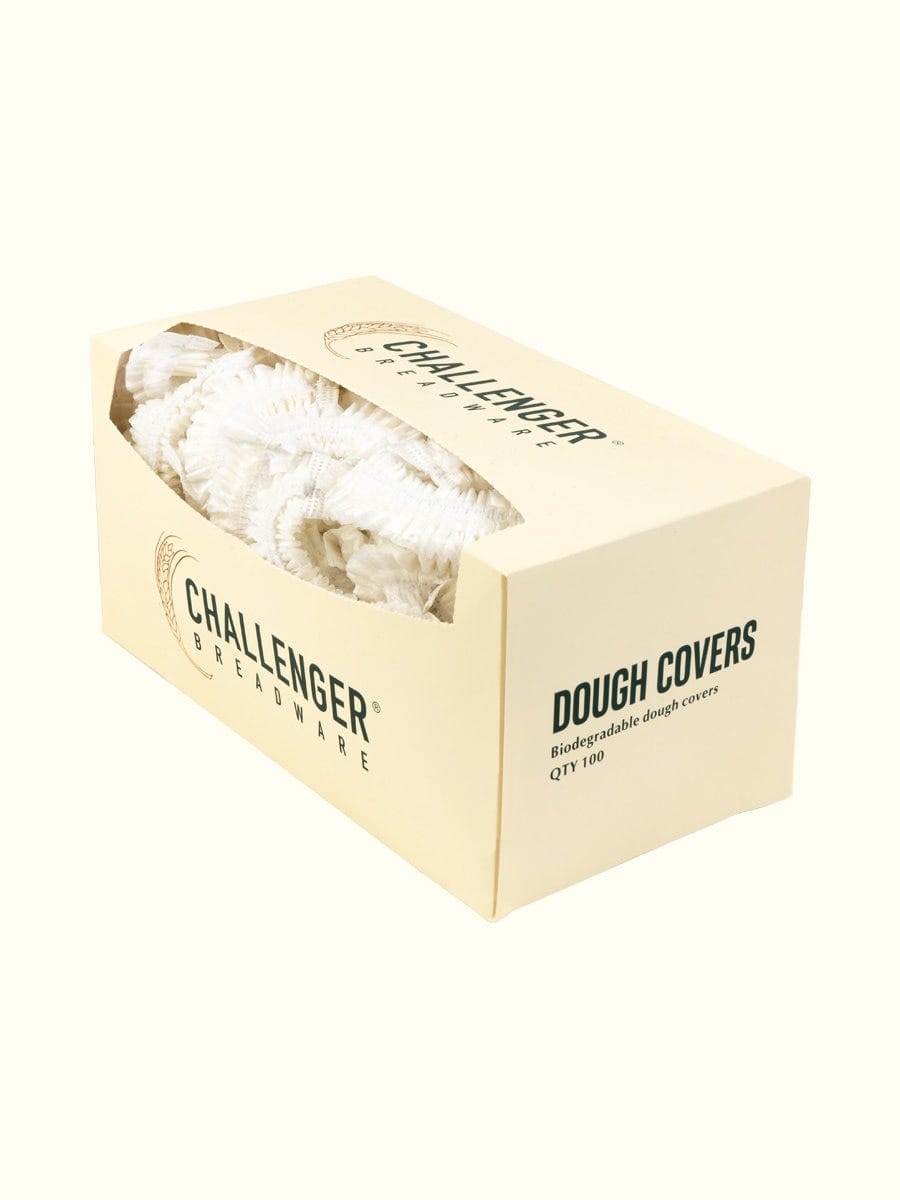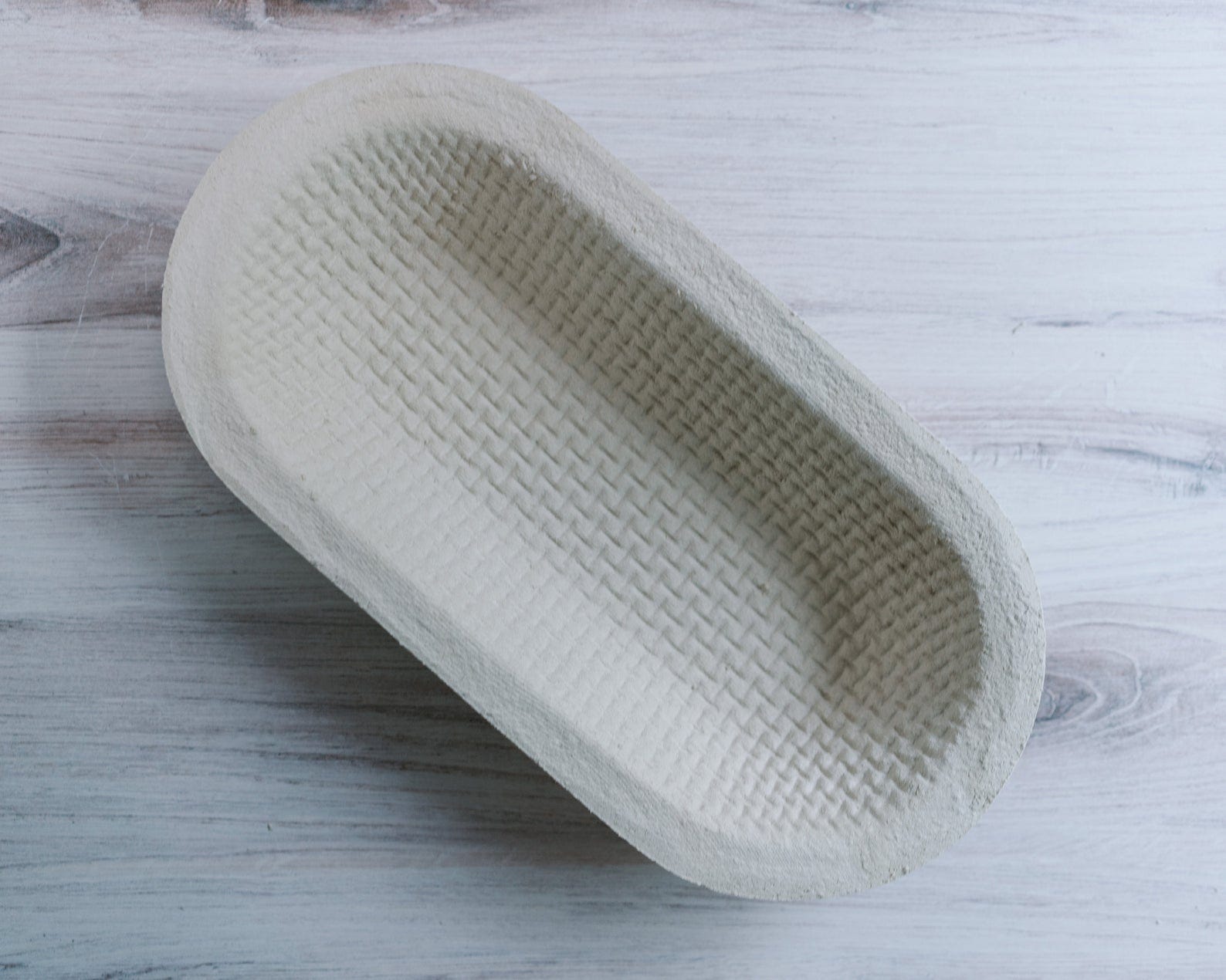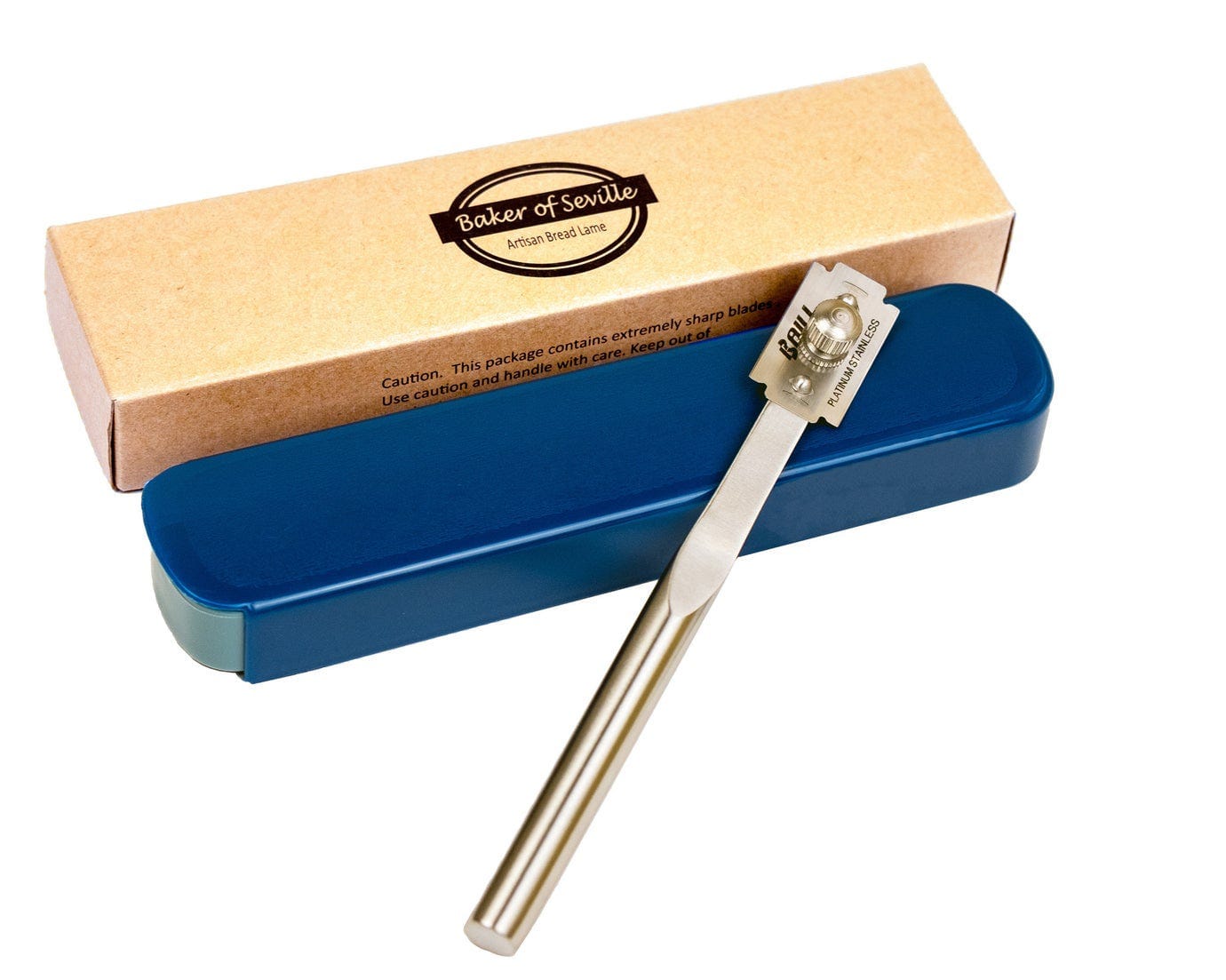Friday Bread Basket, 3/19/21

I’m busy these days getting ready for my upcoming Sourdough Crash Course class (only 6 slots left!) In preparing the handout, I gathered together a list of tools that I use in my sourdough baking, some of which I’ve yet to share here, so I thought I’d use today’s Bread Basket as an opportunity to do so.
Full disclosure: I do get a little kickback from Challenger these days when someone buys something using my affiliate links. But I only signed onto the program because I’m such a fan of their products, and I wouldn’t recommend them to you otherwise. I have no affiliation with any of the other brands I recommend, and I’d let you know clearly if I did.
Challenger Oven Gloves

I am a big fan of these heatproof gloves made by Jim Challenger, of the Challenger Bread Pan. I haven’t tried any other brands, but I can attest that these ones are extremely effective at keeping the heat of your Dutch oven away from your hands. They are so well insulated, in fact, that it’s easy to let the exterior of the gloves get really hot without noticing it, something to keep in mind when you take them off.
Challenger Biodegradable Dough Covers

Another great new item from Jim is his biodegradable dough covers. I like to use shower caps to cover my dough bowls and loaded bannetons, but I try to avoid using plastic whenever possible, so I was pleased to see that Jim had sourced biodegradable ones. They work great, though they aren’t as stretchy as plastic, so they’ll tear if you try to fit them onto larger bowls. Stretchier “one-size-fits-all” plastic shower caps can be found at most pharmacies, and can be used many times before they wear out, so they are worth having too.
-> Challenger biodegradable dough covers
Wood Pulp Bannetons

(Edited because the shipping costs from the UK were too high, and I found a US based company to try instead). I’ve mentioned before how much I love my wood pulp bannetons, which I find to be unfazed by even the wettest of doughs. I’ve yet to have a loaf stick to mine, and I’ve really pushed them to the limit. I generally recommend you get them from Flourside here in the US. But they’ve been out of stock there for awhile now (get on their waitlist so you know when they have more in hand). In the meantime, I’ve located another source: FlourCulture, in California.
I’ve not tried FlourCulture’s bannetons, but I’m pretty sure all wood pulp ones are made in the same factory somewhere in Germany, so they should work great. (Let me know if you try them!)
Baker of Seville Bread Lame

This one I just stumbled across last week, but it arrived in the mail the other day, and I’m already a convert. It’s the Baker of Seville Lame, a stainless steel model with the unique ability to switch easily between a curved blade orientation and a straight one (there’s a small washer that you move to one side of the blade or the other). It’s got a nice heft to it and is very reasonably priced, especially for one that is essentially two lames in one. Plus it’s got a clever name.
That’s it for this week’s bread basket. Have yourselves a peaceful weekend, see you all next week.
—Andrew





Member discussion